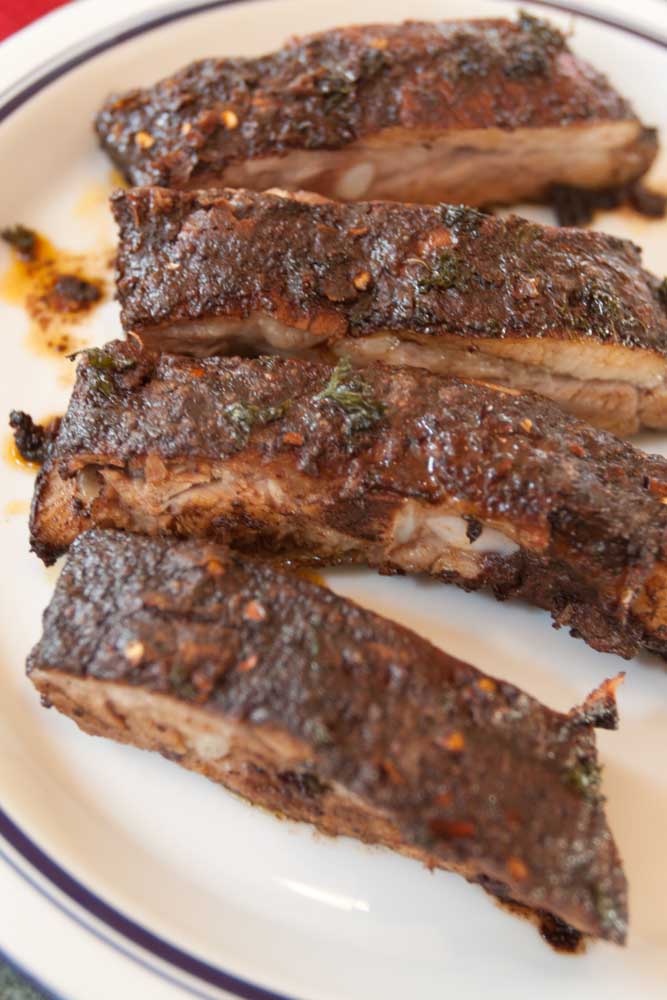Chocolate & Spice & Everything Nice
Published 12:00 am Saturday, December 6, 2014

- Chocolate & Spice & Everything Nice
At world-famous restaurants and in some of Central Oregon’s finest, more and more menus are featuring chocolate dishes that include fragrant and fiery spices. But although the practice of pairing chocolate with hot chilis, cinnamon, black pepper, and other exotic spices may seem like a trend, chocolate and spice have been consumed together for centuries.
Chocolate — derived from pods of the cacao tree — was first known to the Olmec culture which flourished in what is now Mexico from 1500 and 400 B.C. They, and the Maya and Aztec cultures that followed, drank chocolate that was mixed with water and poured from vessel to vessel until it was frothed. Over time, spices such as black pepper, allspice and annatto were added for flavor and color.
Trending
As access to chocolate spread from the New World to Europe, the French, Spanish, Italians, Swiss, and English began to create their own methods for using chocolate. Adding sugar to drinking chocolate made it more palatable, as did the much later addition of milk. By the end of the 18th century, chocolate was widely being eaten in slab form, as well as in desserts and even main dishes including pastas and soups.
Chocolate and spice were, and still are, sometimes used together even in savory dishes. Mexico’s mole poblano — a dark and complex sauce for serving over cooked poultry — combines chocolate with dried chilis, nuts, seeds, flavoring vegetables and spices.
“In light of the history of cocoa, it is not surprising to find especially cocoa in Spanish and Italian culinary culture,” said Fabrice Beaudoin, lodge chef at Sunriver Lodge. A number of dishes in Italy use cocoa in pasta and in Spanish-ruled countries it is used in sauces mainly to accompany poultry and game, he said.
Powdered cocoa is itself considered a spice, said Beaudoin, which enhances the taste of the dish, gives it body and also helps to thicken sauces. In his native France, Grand Veneur, a classic sauce served with venison, is finished with cocoa to thicken it. Tournedos Rossini, served with Foie Gras and a sauce made with red wine, Xeres vinegar and Piment d’Espelette (a variety of chili pepper cultivated in the French commune of Espelette), also utilizes 70 percent cocoa.
The refined palate of today’s seasoned diner requires finesse and subtlety when it comes to chocolate. So while the Aztecs may have enjoyed drinking their xocolatl, meaning bitter water, modern expectations around the “food of the gods” are exponentially higher. To balance the acidity and bitterness of the cocoa, said Beaudoin, you need to add sweetness, spiciness, and floral notes to make chocolate dishes more enjoyable.
Part of the current craze around dark chocolate is an increase in the use of spice to flavor it. A best-seller at Tricia’s True Confections at 2nd Street Eats in Bend is the Orange Ancho Cayenne Chocolate Truffle, which – true to its name – is a 65 percent dark chocolate truffle infused with orange, Ancho chili powder and Cayenne pepper. The shop developed a new gingerbread truffle — using a blend of ginger, cinnamon, allspice and clove — just in time for the holiday season.
Trending
“The chocolate that we use, which is grown in Ecuador, has very strong berry and fruit notes,” said Tricia Pollard, owner of Tricia’s True Confections. “When you blend spices with the chocolate it brings out the undertones of the chocolate.”
And while innovation is essential to keeping up in the culinary world, standard flavor combinations and tried-and-true methods for melding flavors still win over most food lovers. Choosing classic spice pairings for chocolate, such as cinnamon, vanilla and ginger, works as well today as it did when spices were first traded around the world.
“You want to use the same flavor combinations that have been developed by cooks for years,” said Beaudoin, who lists cinnamon and ginger, star anise, cardamom, black pepper and clove among favorites.
Once these flavor combinations are chosen, it is important to know how to best infuse or extract the flavor of spices into chocolate preparations. Beaudoin recommends grinding whole spices in a mortar or spice grinder, or heating them slowly in a sauté pan to release their oil content and flavor before adding them into other ingredients.
“I like to ‘bloom’ the spices in my recipes,” said Pollard. “If I am using spice with a liquid, I like to put the spice in that liquid and heat it slowly to extract the flavor slowly.”
Using spices and cocoa, or chocolate, in cooking is indeed a fine art, but a worthwhile endeavor.








